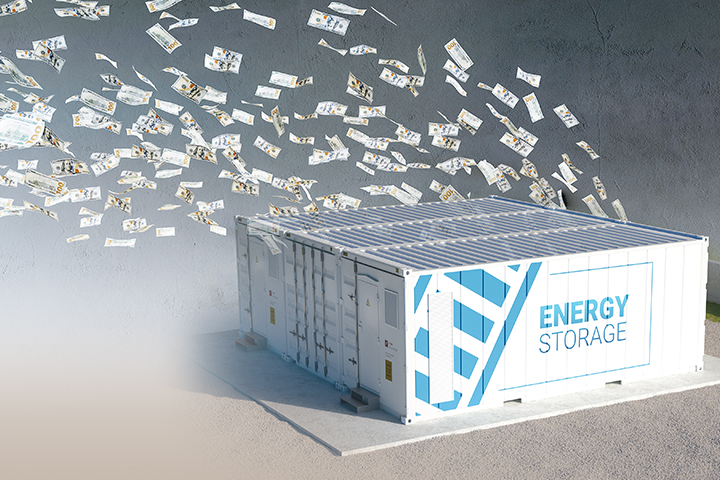Following the worldwide energy transformation, storage systems such as BESS (Battery Energy Storage System) are altering our understanding of power distribution. While public focus tends to be on the substantial initial building expenses (Capital Expenditure) of BESS, the ongoing operational costs (Operational Expenditure) stand out as a frequently disregarded yet pivotal factor. As we persist in establishing larger BESS facilities, we must not underestimate the enduring operational expenditures associated with decades of BESS usage.
1. Remote Sites: Challenging Deployment, Accessibility, and Care
Major energy storage locations are often strategically positioned alongside sustainable energy facilities (e.g., wind and solar) or in proximity to significant power transmission centers. Many of these locations are situated in distant, hard-to-access areas. Significant malfunctions can substantially escalate the travel expenses and time required for maintenance crews. Occasionally, the time taken to reach the maintenance site surpasses the actual repair duration. Many specialists recommend considering integrated surveillance and secure remote connection networks during the initial setup phase. This ensures swifter repair times and reduced maintenance expenses, regardless of whether the teams are internal or from equipment manufacturers.
2. Severe Conditions: Small Problems Can Result in Substantial Losses
Battery packs, being the most expensive element of the entire energy storage system, function within strict temperature-controlled conditions to prevent overheating. Nevertheless, not all vital equipment is afforded such privileges. Essential communication devices that collect and relay battery data, fire suppression systems, and computers running the EMS mainly function without air-conditioning. According to data from the Intergovernmental Panel on Climate Change (IPCC), current extreme weather incidents exceed the average frequency over the past decade. For instance, heatwaves are 2.8 times more probable to occur than in the earlier decade, posing a threat to the lasting reliability of electronic products. Experts recommend opting for industrial-grade communication or computer components. These are crafted to withstand extreme temperatures, operate without fans, feature dual power inputs, and even possess waterproof characteristics. This not only guarantees a more dependable facility operation but also substantially minimizes future maintenance expenses.
3. Software Security Updates: A New Necessity in BESS Care
With the increasing dependence on computerized operations and industrial controllers over manual operations, software security vulnerabilities have emerged as the fresh obstacle in O&M (Operation and Maintenance). Various industrial computers, controllers, communication devices, and smart sensors within the BESS system run on embedded operating systems or applications. As technology progresses, previously unnoticed vulnerabilities and attack techniques surface. For instance, Linux is frequently utilized for industrial equipment. Nonetheless, each Linux distribution has a maintenance span of only 3 to 5 years. If the platform is not updated to a new distribution after the maintenance period expires, software vulnerabilities may linger unpatched. In extreme cases, this might even necessitate reprogramming the software, thereby incurring higher operational costs. Given that the operational span of an energy storage project generally extends beyond ten years, integrating cybersecurity updates into BESS maintenance plans is critical. This not only shields the system from potential online threats but also guarantees the continuous and secure operation of BESS.
BESS plays a crucial role in today’s energy industry. Nonetheless, to ensure its effectiveness and durability, we must prioritize its long-term operational charges. Every choice, from selecting construction sites and guaranteeing top-notch electromechanical equipment to software cybersecurity upgrades, impacts future operational outlays. Through proactive strategizing and investment, such as devising remotely maintainable systems, embracing industrial-grade elements, and supplying continuous software security enhancements, we can guarantee not only the uninterrupted operation of BESS but also effectively reduce long-term maintenance costs, solidifying a more robust groundwork for the future energy transition.
For additional details, kindly explore the Moxa’s Battery Energy Storage System Portal.
[1]The Accelerating Frequency of Extreme Weather Events, visualcapitalist.com, 2022
- Not Only for Automobiles: Discovering CANbus Technology in Various Industrial Settings - October 29, 2024
- Boost Your Network Performance: An Exciting Manual to PoE Switches! - September 10, 2024
- Understanding Gigabit Switches: Industrial vs Regular Gigabit - September 4, 2024


